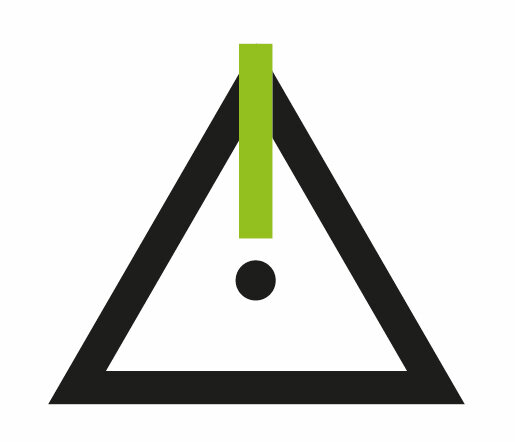Race To Zero’s Updated Guidelines
The Race to Zero (of which you are all members) have published their refined criteria and accompanying interpretation guide.
We are encouraged to see these align more closely with Business Declares in calling for genuine action now, a clear pathway to any net zero claims with interim targets, all backed by scientific measurement. (summary of Race to Zero changes). It welcomes increasing debate and scrutiny as the number of greenwashing ‘net’ zero pledges multiply and emphasises success will be determined by radical collaboration.
The process, chaired by the University of Oxford, is summarised here with explanatory language related to residual emissions, sources and credits.
We will be sharing more details on our website and please do contact samantha@businessdeclares.com if you have any questions.
Race to Zero is keen to tackle the emerging image problem for the numerous net zero claims being made by business leaders catching on to the positive PR benefits and welcomes the increasing scrutiny of any claims as the number of greenwashing ‘net’ zero pledges multiply. It is intent on showing what ‘good’ looks like in terms of net zero and to show it is not a corporate PR stunt, but is fundamentally multi-stakeholder by design and success will be determined by radical collaboration; this collaboration and willing to talk about the complexity and challenges we all still face is core to our work at Business Declares.
Race to Zero makes clear that the campaign is led by science, focused on 1.5C alignment and working to preserve the promise of Paris of reinstating a balance between sources and sinks;
It is not about delay and 2050, but about 2030 and immediate, meaningful action from now - with strong emphasis on interim targets. It has also working on a specific and more stringent acceptance process which will be required for any oil and gas company to join the Race to Zero in line with the extreme challenges these companies face in navigating a climate transition that lowers emissions at the rate needed to be Paris aligned.
It is very important to be alive to this debate and scepticism, and to carry net zero intact to COP26 as the surest way of achieving the Paris Agreement and to pivot focus from momentum and numbers raising (which continues to snowball) into credibility for all actors and sectors in Race to Zero.
Between January and March, the University of Oxford held eight consultation sessions that brought together over 200 participants, including campaign partners and other practitioners and academics from diverse sectors and regions.
Summary of Race to Zero consultations:
There is a real emphasis on interim targets and the need to demonstrate action within 12 months of joining;We’ve introduced more clarity around the inclusion of Scopes 1, 2 and 3;
We’ve clarified the language around offsets to highlight that this campaign is not about offsets - it’s critically focused on abatement measures and reducing emissions;
That said, there is a recognition to acknowledge the need to neutralise residual emissions as a last resort and to begin developing that thinking and to resolve some of the uncertainties in offsetting technologies, for when they’re needed;
We’ve added a leadership practice on equity and empowerment, to reiterate the importance of operationalizing principles of equity in pledges and actions, as well as the importance of broader work in information sharing, access to finance, and capacity building.
Addition of specific criteria for pure Oil & Gas companies hoping to join the campaign, which will require them to have a target approved by SBTi O&G methodology, which is only likely to be published in (European) summer time.
An updated criteria document which will be hosted on the website, alongside an interpretation guide to add more context on how to read these criteria.
If you have any questions on Race to Zero please do contact samantha@businessdeclares.com


